|
Introduction into Science December of 2019, after hours of plant biomass separation, weighing, and data input and analysis, my mentor Alexia and I looked at our first preliminary graph. In this moment, I became hooked on soil science. All the exciting field work and tedious lab work paid off with amazing data showing a trend toward multiple compost benefits. My name is Shaun McGrath and I am an undergraduate Environment and Sustainability student at Western Colorado University (WCU) transitioning into the Master in Environmental Management (MEM) graduate program. In September of 2019, I was lucky enough to be offered a paid internship with MEM student, Alexia Cooper, working on her research addressing rangeland resilience through soil health and compost amendments. Throughout my year helping Alexia, I discovered my passion for soil science and the benefits of healthy soils. My experience working with Alexia was a rare one for an undergraduate. Alexia Cooper was awarded the Sustainable Agriculture Research and Education (SARE) grant, which fully funded her project including a stipend for both herself and me. Even though no scientific research can be characterized as ‘easy’, having funds and resources made the process easier. Initiating My Own Project With strong momentum at the end of Alexia Cooper’s master project, I was excited to take a soil ecology summer course with Dr. Jennie DeMarco at WCU and initiate my own soil health research. With this excitement, I was ambitious with my goals. Carbon sequestration, the storage of atmospheric carbon dioxide in the soil, peaked my interest and made me curious if the compost amendment increased the soil’s ability to mitigate climate change by increasing this sequestration. One indicator of an increase in soil carbon is the stability of aggregates within the soil (Djori, et al. 2019). Soil aggregates are clumped pieces of primary soil particles, soil carbon, and organic matter (Word Press, 2019). These aggregates contribute to soil aeration and water and nutrient cycling. My objectives at the beginning of my project were…
Challenges Faced: Student Scientists and Land Managers Early on I discovered many research challenges that I did not have to face while interning for a fully-funded project. Mainly, the time constraint of a summer course proved to make quality scientific research difficult. I would not be able to take accurate data, analyze, and produce a comprehensive write-up within the four weeks I was allotted for this project. Financial and lab resources were the other challenge I faced when attempting to reach my original project objectives. WCU has a young soils lab, so resources and equipment are often minimal. The COVID-19 pandemic also made access to the soils lab difficult. These challenges are also common for land-managers who do not have the financial ability or access to a lab to perform research. Ranchers are not necessarily resistant to change, but do not have the resources to address their needs or questions. These limitations must be addressed to increase rancher and student participation in land health. Science and Land Management with Limited Resources With so many obstacles preventing my ability to answer my short-term research objective, I altered my project to address future students and ranchers who were in the same position. Research is often halted by a lack of resources, but low-cost and low-time commitment options are available to those students and land managers motivated to follow their curiosity without the assistance of a grant. My new project objectives became…
To address my lack of resources and time, I created my own soil aggregate stability kit designed to perform quick, in-field, qualitative research measuring the class stability of soil introduced by Herrick, et al. (2001). This kit took me just two hours to create. Class 0 soil is the least stable where class 6 is the most stable. This article can be found at: https://doi.org/10.1016/S0341-8162(00)00173-9. The directions for creating the kit can be found at https://www.nrcs.usda.gov/Internet/FSE_DOCUMENTS/nrcs142p2_050956.pdf on page 38 and the methods on page 20. I adapted the following instructions and method from Herrick, et al. (2001). Required materials:
Instructions:
I followed the methods provided by the USDA to test a total of six soil samples. Three from the control sites with no compost application and three from the treatment sites with two inches of compost top-dressing. I was able to test these samples in 45 minutes and could easily upscale to more samples, as there is a total of eighteen slots in the soil kit. This method proved to be feasible, affordable, and easily replicable for student soil scientists and land-managers seeking to understand the stability of their soil. Outcomes My qualitative data revealed that the treatment soils tended to have more stable aggregates as most of the soil remained in the sieve after the slake test. The control samples tended to have slightly less stable aggregates as about 25% of the soil samples fell through the sieve during the test. I characterized the treatment soil as stability class 6 and control as stability class 5 according to the table in figure 1. This result was expected as an input of soil organic matter and an increase in plant biomass production after compost amendments tend to increase soil carbon and therefore increases the stability of soil aggregates. This data can be confirmed using quantitative lab methods in a future project. Through offering my experience of a short, self-supplied research project, I hope to encourage current and future students and ranchers to initiate projects to address their questions without the intimidation of limited resources. Even if one does not desire to learn about soil aggregate stability, there are likely many more papers similar to the one I found offering low-cost and low-commitment alternatives to lab equipment. Every curious mind deserves for their questions to be answered without financial ability interrupting their path. Written By: Shaun McGrath Western Colorado University School of Environment and Sustainability 17 August 2020 Special thanks to Dr. Jennie DeMarco for guiding me through soil ecology and to MJ Pickett for facilitating a beautiful location for student research at The Coldharbour Institute. References Dorji, T., Field, D.J., Odeh, I.O.A. (2019). Soil aggregate stability and aggregate-associated organic carbon under different land use or land cover types. Soil Use and Management, 36(2). https://doi-org.ezproxy.western.edu/10.1111/sum.12549 Herrick, J.E., Whitford, W.G., Soyza, A.G., Van Zee, J.W., Havstad, K.M., Seybold, C.A., Walton, M. (2001). Field soil aggregate stability kit for soil quality and rangeland health evaluations. CATENA, 44(1), 27-35. https://doi.org/10.1016/S0341-8162(00)00173-9 USDA. Soil Quality Test Kit Guide, Jul. 2001, https://www.nrcs.usda.gov/Internet/FSE_DOCUMENTS/nrcs142p2_050956.pdf. Word Press. "Soils Matter, Get the Scoop!" 15 Jul. 2019. https://soilsmatter.wordpress.com/2019/07/15/what-are-soil-aggregates/.
4 Comments
|
Ongoing ResearchNotes from the field of Coldharbour Ranch. Archives
October 2021
Categories
All
|
Sign up for our newsletter below.
|
|
Coldharbour Institute is a 501(c)3 Non-Profit Organization
P.O. Box 463 Gunnison CO 81230 |
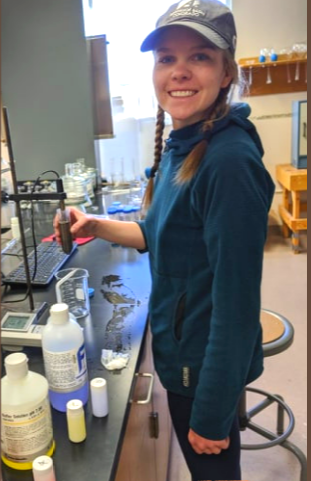

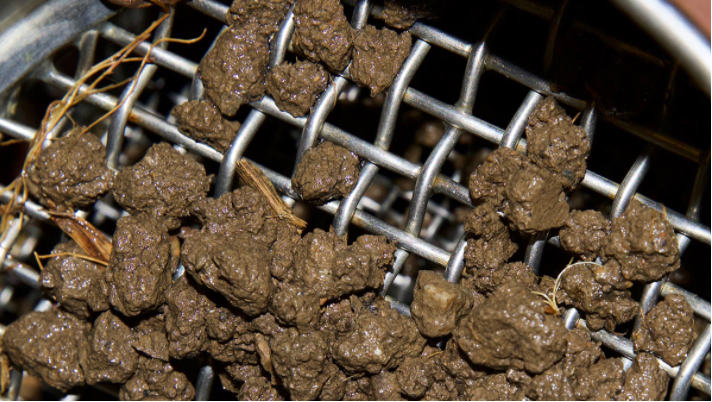
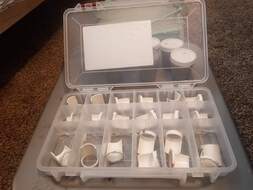
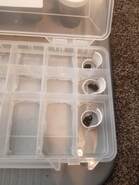
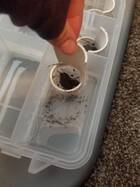
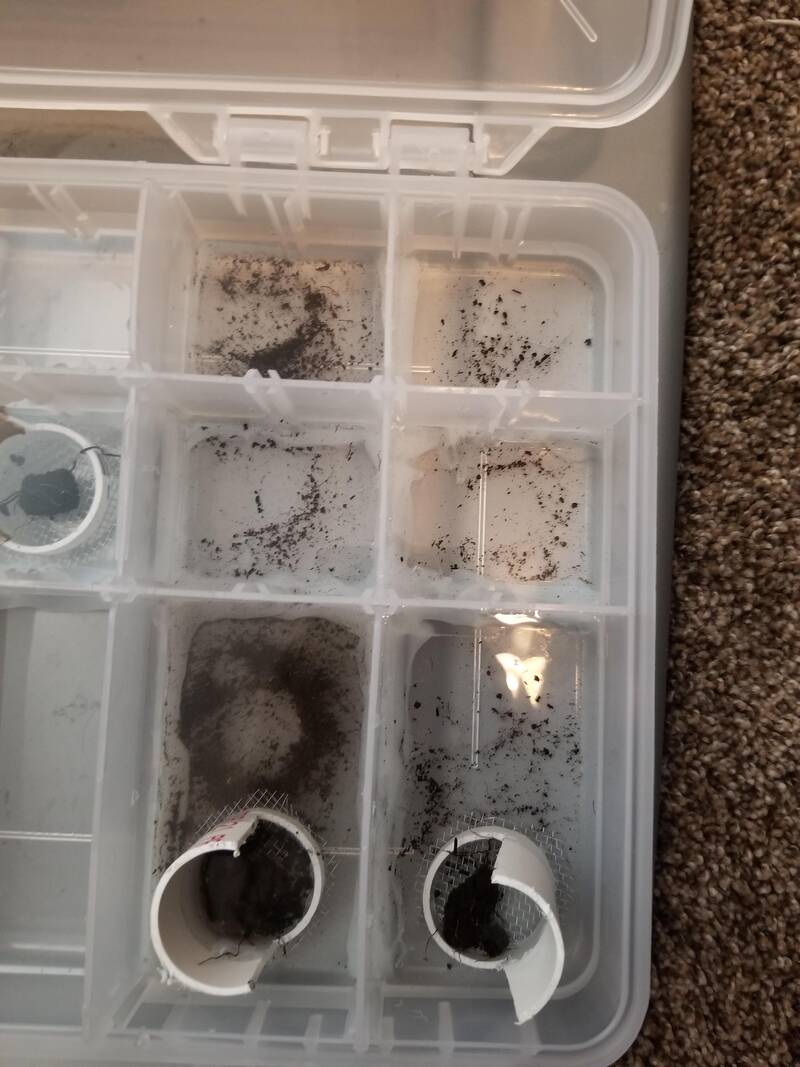
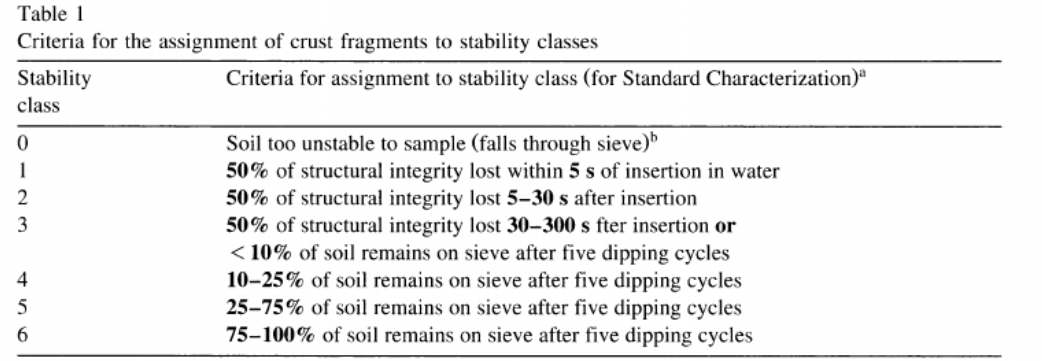
 RSS Feed
RSS Feed
